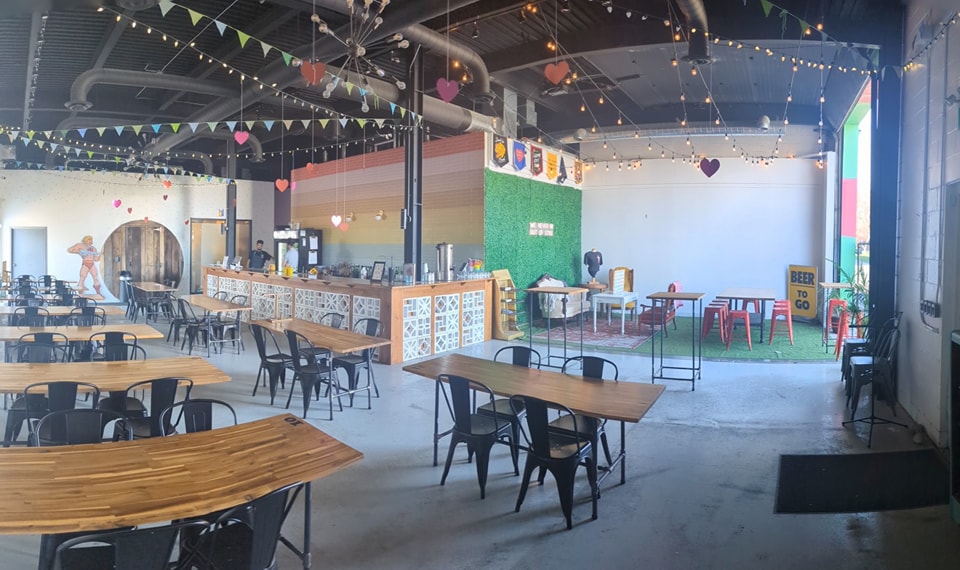Wine, unlike any other product, has weaved its way throughout human history and has earned its reputation and respect. From about 6000BC to present day, little has changed in the way of wine making, though our tools and understanding have become more sophisticated. Wine has been credited with being a source of comfort and courage, joy and inspiration, pleasure and truth, but cursed for causing drunkenness and greed, numbness and stupor, theft and murder. What then makes wine this special? Only history can explain and reveal the influence that wine has had on global settlement, religion, economy, medicine, cross cultural interactions and fundamental human unity.

As legends go, wine was discovered when a young maiden, in her discontent, tried to rid herself of misery by eating from a jar of spoiled, foamygrapes that had a strange smell and that she believed to be poisonous. Instead, she became intoxicated, soon found her troubles had dispersed, and then fell into a refreshing sleep. Dutifully, she told the king of her experience. From then on, wine was made and the people drank!
The pleasant bouquet of cassis and spice was not what interested our ancestors as much as the effects of the alcohol that they had discovered. Suddenly anxieties were washed away, fears were forgotten and ideas came more easily. Only a privileged minority had access to this ‘magical’ beverage and so the demand for wine quickly grew.
Evidence of the first cultivation of grapes and wine making were found and dated to 5000BC in what is now Iran. In Egypt, during the time of King Tutankhamun, tombs were filled with wine stored in clay jars and buried with the privileged to enjoy in their journey to the afterlife. Paintings from this period show the significance of wine in these ancient cultures.
Meanwhile, as Greek populations and Greek settlements increased, so did the cultivation of vines, the production of wine, and the economic significance for trade and settlement throughout the Mediterranean. It is in Greece that we meet Dionysus, the god of wine and begin to appreciate his influence on the people of the time. As early as 500BC, Hippocrates, the father of medicine, documented wine in almost every one of his recorded remedies.
As the Greeks expanded across the Mediterranean, vines for grape growing were introduced and planted westwards throughout Italy, France and Spain. Wherever a river for transportation, a hill to grow vines on, and a city to market and trade existed, a wine region was established.
In 1000BC, the Romans had already made significant strides in quality grape growing and winemaking. The Romans were also the first to use wooden barrels for the transportation and storage of wine. As vineyards expanded throughout Europe, the Roman Emperor Domitian, in AD92, banned the plantings of vines in Italy and ordered the removal of half of the planted vines in Rome’s overseas colonies (France and Spain) in order to protect Italy’s domestic wine industry.
Through these dark ages, it was the Roman church, specifically the monasteries, that ultimately preserved the wine industry in its French colonies. Monks spent their times tending to vines, gathering information, experimenting and documenting the knowledge they had acquired. Monastic wineries were responsible for establishing vineyards in Burgundy, Champagne and the Rhine valley. Over the next few centuries, France would become dominant in the world wine market.

The 16th and 17th centuries saw exploration and settlement in the ‘new world’ including North and South America. Attempts were made to cultivate the European grape varieties, but none would be successful due to a then unknown pest that would reveal itself in the late 1800s. The King of Spain would be the next to hinder wine development, this time in Mexico. But as in the past, the church maintained its interests in wine and Father Junipero Serra ultimately ventured to California to establish the first Californian vineyard and so initiated the Californian wine industry.
“To take wine into your mouth is to savor a droplet of the river of human history”, Clifton Fadiman
The greatest discovery in the area of wine science occurred in the late 19th century and is credited to French chemist, Louis Pasteur, who proved that microscopic organisms were responsible in the development of wine. This lead to the development of better winemaking practices, less spoilage and increased production efficiency.Native American vines were brought to Europe in 1863 and with them a root feeding louse known as phylloxera vastatrix. Over the next twenty years, phylloxera would cause wide spread destruction and almost complete devastation to vineyards throughout Europe. The native American vines were tolerant to phylloxera having adapted through co-existence.
After many failed attempts to manage and control phylloxera in Europe, the only strategy left was to graft the desired and sensitive European wine varieties onto the tolerant, phylloxera -resistant American varieties. So began the long process of grafting each and every vine on American rootstock and replanting all of Europe’s vineyards.The phylloxera induced wine shortages in France would result in fraud and manipulation within the French wine industry.
The system of Appellation Controleé, a policy to protect the wine industry and the consumer, was developed and implemented becoming the model for regulatory and quality control systems for wine regions throughout the world (in Canada, the Vintners Quality Alliance, VQA, acts as a similar system). Â

While the Europeans were reestablishing their wine industry, the industry in the United States was growing and flourishing and so was the incidence of alcohol abuse and alcoholism. Prohibition laws were implemented in 1920. Wine was removed from US culture, including its medical community. Owners of saloons were forced to find alternative ways of making a living and so the bootlegging of alcohol began. Gambling and prostitution also increased as a result, and the US saw its greatest disrespect for authority in an entire generation of Americans, as it deprived its people of the potential social and health benefits of wine.
The government ultimately lifted the prohibition laws. Capitalizing on the situation, many made a quick buck making mostly sweet wines of low quality, and it wasn’t until 1968 that table wines finally outsold the fabricated sweet wines.
1976 was the year that the “new world†was rediscovered on an international stage as the top winners at a wine tasting in France, by French judges, went to two Californian wineries. This proved to the world that top quality wines did not have to be made in Europe. Here in Canada, Icewine was the first to bring international recognition and status to the Canadian wine industry.
Aleksander Estate Winery
Nestled within the oldest wine regions in Canada, Aleksander Estate Winery is located in the appellation known as Lake Erie North Shore. Lying on the 42nd parallel, we are at the same latitude as regions in California, France and Italy. Our vineyards boast of Riesling, Cabernet Sauvignon, Cabernet Franc, Chambourcin and Vidal. With over twenty years of experience, our winemakers maintain their focus on quality grape growing and winemaking. Making vintage specific wines all grown in Essex County, we include both the classic grape varieties complemented by fruit wines of the same origin. We invite you to visit us and taste our wines in a comfortable, rural setting or enjoy them in your favourite WindsorEats.com restaurant.
Cheers!
Izabela Bemben
Winegrower
Aleksander Estate Winery















